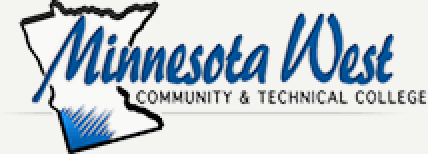CJS 1101 Introduction to Criminal Justice
CJS 1101: Introduction to Criminal Justice
Description
Introduction to Criminal Justice provides an overview of the criminal justice system in US society, including the philosophy, history, organization, and function of the police, courts, and corrections. Topics include foundations of crime; justice and law; federal, tribal and state elements; victimization; victim rights; crime statistics and the extent of crime; police issues; juvenile justice system; juvenile delinquency; court systems; corrections, community corrections; professional career opportunities; and future trends. This course is part of the Minnesota State Professional Peace Officer Education (PPOE) transfer pathways.
Credits
3
Prerequisite
None
Corequisite
None
Topics to be Covered
1. Explains the core components of the criminal justice system (e.g. policing, judicial and corrections).
2. Explores criminal justice careers and opportunities for change in the criminal justice system.
3. Explores the history and relationships of the core components of the criminal justice system in its current state and in the future.
4. Identifies the constitutional foundations integral to the criminal justice system.
5. Explains the process of how laws are created, enforced interpreted, amended and revised.
Learning Outcomes
1. Students will be able to successfully identify the knowledge base, respond to and properly handle all task associated with the following Professional Police Officer Education (PPOE) Learning objectives required by the Minnesota POST Board:
2. Explain the core components of the criminal justice system (e.g. law enforcement, judicial and corrections):1.4.2,1.7.1,
3. Explore criminal justice careers and opportunities for change in the criminal justice system:1.7.1,1.7.2
4. Explore the history and relationships of the core components of the criminal justice system currently and in the future:2.1.1,2.1.2
5. Identify the constitutional foundations integral to the criminal justice system:2.1.3,2.1.4,2.1.5,2.1.6,2.1.7,2.1.8,2.1.9,2.1.10,2.1.11,2.2.1,2.2.2,2.2.3
6. Explain the process of how laws are created, enforced, interpreted, amended and revised:2.2.4,2.2.5,2.2.6,2.2.7,2.2.8,2.2.9,2.2.15,2.2.16,2.2.17,2.2.18,2.2.19,2.2.20,2.2.23,2.2.24,2.4.1,2.4.2,2.4.3,2.6.1,2.8.3,2.8.10,2.19.1,2.24.1,2.24.5
Credit Details
Lecture: 3
Lab: 0
OJT: 0
MnTC Goal Area(s): Goal Area 05- History and the Social and Behavioral Sciences
Minnesota Transfer Curriculum Goal Area(s) and Competencies
Goal Area 05: History and the Social and Behavioral Sciences
1. Employ the methods and data that historians and social and behavioral scientists use to investigate the human condition.
2. Examine social institutions and processes across a range of historical periods and cultures.
3. Use and critique alternative explanatory systems or theories.
4. Develop and communicate alternative explanations or solutions for contemporary social issues.
Transfer Pathway Competencies
1. Employ the methods and data that historians and social and behavioral scientists use to investigate the human condition.
2. Examine social institutions and processes across a range of historical periods and cultures.
3. Use and critique alternative explanatory systems or theories.
4. Develop and communicate alternative explanations or solutions for contemporary social issues.
